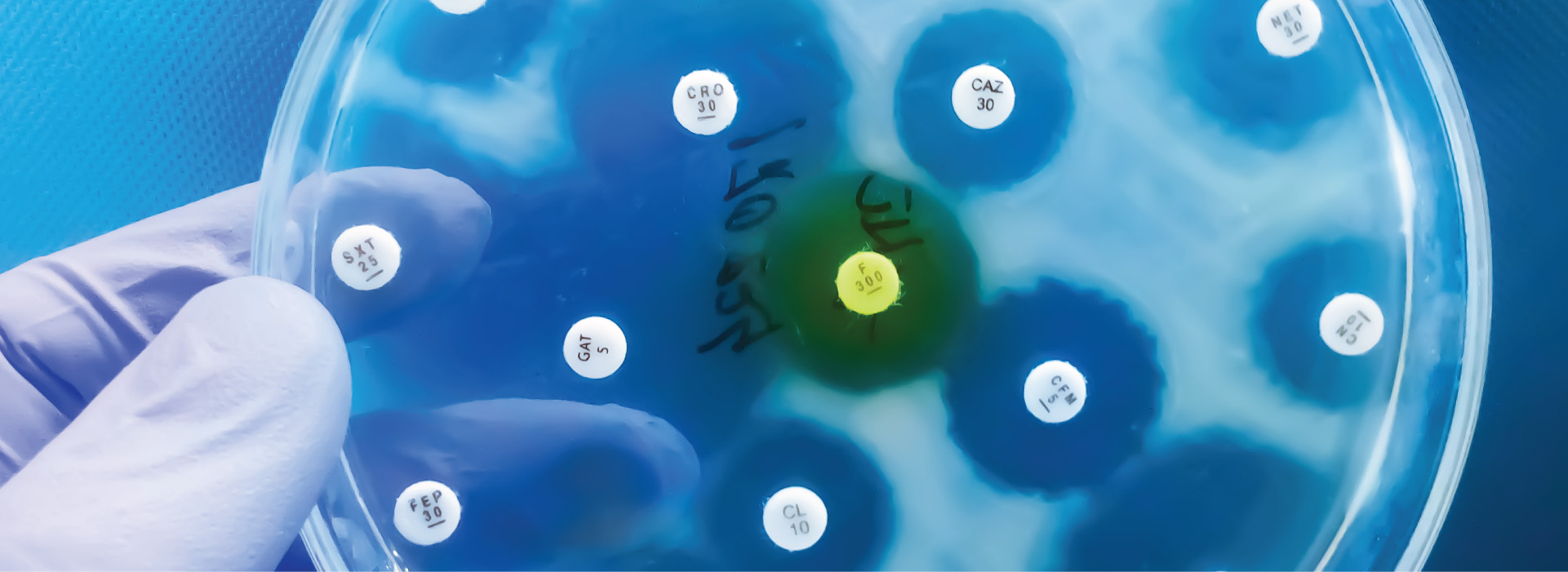A human mouth contains over 20 billion bacteria that reproduce roughly every five hours. That means if someone doesn’t brush their teeth for 24 hours, they will have over 100 billion bacteria living in their mouth!1 Saliva and sputum samples are full of analytes, making them reliable identifiers of various disorders in the human microbiome. Whether it is the presence of a pathogen in the respiratory system, or indication of mental ailments, saliva remains a powerful source for disease screening and diagnostics.
Emerging Saliva-Based Research
TRAP and Bacterial Diversity
Traffic related air pollution (TRAP) is a hidden enemy for our respiratory system and can potentially cause ailments such as asthma and other respiratory sensitivities down the line. A study from 2021 used saliva from adolescents to determine the connection between TRAP and bacterial diversity in the lower respiratory tract.2 Norgen’s Saliva DNA Collection and Preservation Devices (#RU49000) were used to collect saliva and sputum from a group of 14 year old participants. DNA was extracted from the saliva using Norgen’s Saliva DNA Isolation Kit (#RU45400) and DNA from sputum was isolated using Norgen’s Sputum DNA Isolation Kit (#46200). Upon isolation, next generation sequencing was used for bacterial speciation. The study found greater bacterial diversity in participants exposed to TRAP in early childhood, showing the danger of heavy traffic pollution. Particularly in sputum, which resides in the lower respiratory tract of the human system. The figure below (Figure 1) shows that sputum had a greater median bacterial diversity than saliva for all three diversity measures.

PTSD
Saliva has recently been considered as a potential sample type to identify mental disorders. In 2022, researchers examined a group of young war veterans who were tested for the ailment known as post-traumatic stress disorder (PTSD).3 Roughly 1 in 20 individuals suffer from PTSD, and with many cases going undiagnosed, research in this area is critical. In the study, 16s RNA sequencing was performed after isolating nucleic acids from saliva. A microbiota signature showing decreased levels of bacteria sp_HMT_914, 332 and 871 proved a correlation between human microbiome and PTSD severity. In the same study, researchers found that air pollution also positively correlates with PTSD symptoms, tying in with the research previously mentioned.
Want to hear more from Norgen?
Join over 10,000 scientists, bioinformaticians, and researchers who receive our exclusive deals, industry updates, and more, directly to their inbox.
For a limited time, subscribe and SAVE 10% on your next purchase!
SIGN UP
Suicidal Ideation
In a 2022 study from the University of Florida, a group of researchers identified an association between the saliva microbiome and suicidal ideation in university students.4 The researchers compared the salivary microbiota and major histocompatibility complex (MHC) human leukocyte antigen (HLA) alleles from 47 young adults with recent suicidal intention (SI) to 325 controls without recent SI. After controlling for sleep issues, diet and genetics, bacterial species in saliva were found to be correlated with SI. An association between HLA alleles and bacteria was identified, indicating that saliva can potentially be used for identifying suicidal intention. With suicide being a leading cause of death for young people, research as such works to address this important public health concern.5
Saliva: A Promising Sample Type
As seen in recent research, saliva provides a true representation of the human microbiome and more. From determining the bacterial diversity in ones lower respiratory tract to identifying suicidal ideation, saliva is a promising sample type in regards to screening and diagnostics. With a simple non-invasive liquid biopsy, many stories can be told about the human in question, and many ailments can be treated and avoided.
View ReferencesReferences
-
Landers B. Oral bacteria: How many? how fast? by Bill Landers. Familie Dental Zorg.https://familiedentalzorg.nl/oral-bacteria-how-many-how-fast-by-bill-landers/Published June 12, 2018. Accessed September 12, 2022.
-
Niemeier-Walsh C, Ryan PH, Meller J, Ollberding NJ, Adhikari A, Reponen T. Exposure to traffic-related air pollution and bacterial diversity in the lower respiratory tract of children. PLOS ONE.2021;16(6)doi:10.1371/journal.pone.0244341
-
Levert-Levitt E, Shapira G, Sragovich S, et al. Oral microbiota signatures in post-traumatic stress disorder (PTSD) veterans.Molecular Psychiatry.July 2022.doi:10.1038/s41380-022-01704-6
-
Ahrens AP, Sanchez-Padilla DE, Drew JC, Oli MW, Roesch LF, Triplett EW. Saliva microbiome, dietary, and genetic markers are associated with suicidal ideation in university students.Scientific Reports.2022;12(1).doi:10.1038/s41598-022-18020-2
-
Facts about suicide. Centers for Disease Control and Prevention.https://www.cdc.gov/suicide/facts/index.htmlPublished July 25, 2022. Accessed September 12, 2022





